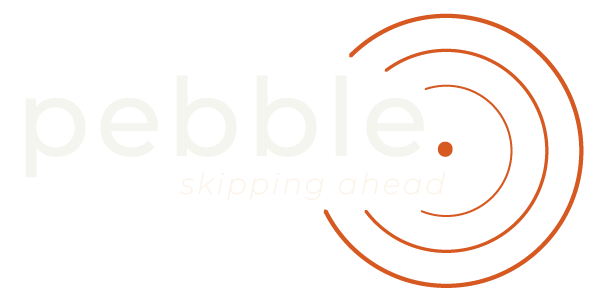Unlock Creative Problem-Solving: A Guide to Design Thinking

Are you looking for a powerful problem-solving approach that can help you tackle complex challenges and come up with innovative solutions? Look no further than design thinking. Design thinking is a human-centered and iterative mindset that empowers individuals to solve problems in a creative and effective way. In this article, we will explore the common stages of design thinking and how you can apply them to any problem you’re looking to solve. So, let’s dive into the world of design thinking and discover its transformative potential!

Inquiry: Understanding the Problem
Design thinking starts with a commitment to understanding the problem at hand. This stage is all about asking questions, conducting research, and gathering insights. By immersing yourself in the problem and gaining valuable perspectives from others, you can uncover hidden pain points and discover meaningful opportunities. Empathy plays a crucial role during this stage, as it helps you understand the needs and desires of your audience. Engage with your audience, observe their behaviors, and actively listen to their feedback. By doing so, you can gain a deep understanding of the problem and set the foundation for creative problem-solving.

Concept: Generating Creative Ideas
With a clear problem statement in mind, it’s time to unleash your creativity and generate a wide range of ideas. This stage is all about embracing a mindset of abundance and thinking expansively. Encourage ideation sessions where no idea is too wild or impractical. Techniques like brainstorming, mind mapping, and storyboarding can help promote creativity and generate innovative solutions. The goal at this stage is to explore different possibilities and think outside the box. Remember, creativity thrives when you give it the freedom to flourish.

Refine: Concept and Testing
Design thinking recognizes the value of rapidly testing concepts. Create tangible representations of your ideas, even if they are simple and low-fidelity. Concepts serve as a means of validating assumptions, gathering feedback, and iterating on your ideas. Through testing, you can uncover strengths and weaknesses, refine your ideas, and ensure they meet the actual needs of your audience. Embrace failure as an opportunity to learn and iterate, as it paves the way for improved solutions. By continuously refining your concepts, you can increase the likelihood of creating successful and impactful solutions.

Communicate: The Power of Storytelling
Effective communication is crucial for bringing your ideas to life and gaining support from your audience. Craft compelling stories around your solutions, emphasizing the value they bring and how they address the problem. Storytelling techniques can engage and inspire others, creating more appeal for your proposed solutions. Additionally, consider the implementation strategy and outline the steps required to turn ideas into reality. Collaboration and clear communication throughout the process are essential for success. Remember, design thinking is not just about solving problems—it’s about effectively communicating solutions and creating positive change.
Design thinking offers a systematic and creative approach to problem-solving, emphasizing empathy, iteration, and collaboration. It is not limited to designers or specific industries—it is a mindset that anyone can adopt to unlock their problem-solving potential. By following the stages of inquiry, define, concept, refine, and communicate, you can develop innovative solutions to a wide range of challenges.
Start applying design thinking today and witness the transformative impact it can have on your problem-solving journey. Remember, the power of design thinking lies not only in understanding the methodology but also in actively practicing it. So, embrace curiosity, challenge assumptions, and let design thinking empower you to create positive change in your personal and professional life.
Hungry for more inspiration and tips on Design Thinking? Check out these 5 TED talks on Design Thinking.

